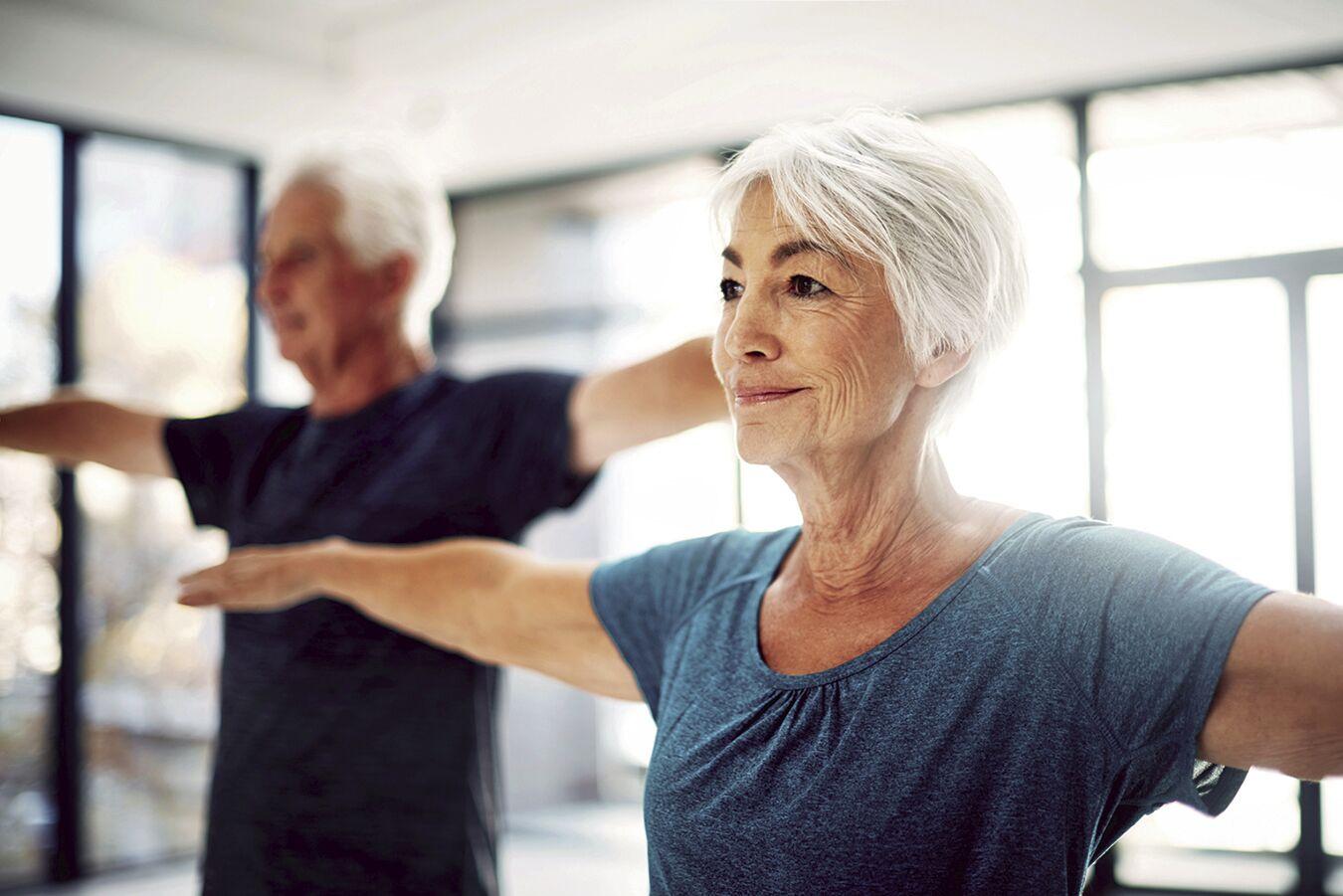By Leslie Shallcross
First celebrated in May 1963, Older Americans Month draws attention to the ways that older individuals have contributed to our communities and the needs and services required to support older individuals. This awareness could not be more important than in Alaska, which claims the nation’s top spot with the per capita, fastest-growing senior population.

As of 2022, individuals over 60 years of age made up more than 20% of Alaska’s population, having increased 62% between April 2010 and July 2021. The increase in those 85 years of age or older was 87% during the same period. If you haven’t experienced it yet, suffice it to say that Alaska senior support services, programs and care facilities are all in high demand and short supply.
“I don’t feel any older,” is something that you may have heard an older individual say; I’ve even said it myself. We just can’t imagine being unable to care for ourselves or make dramatic changes like leaving our long-time, comfortable homes. Current U.S. data actually suggests that less than 10% of 85-year-olds live in a care facility. Some of these individuals may have been able to arrange for in-home care and others have managed to avoid or effectively treat limiting chronic illnesses. So, maybe we aren’t deluded in seeing our future living situations mostly familiar and unchanged. But, it may still require the recognition that we are in fact getting older and need to take some steps to maintain our independence.
Remaining independent may rest in large part on how physically active you have remained and whether you have put some effort into maintaining bone density and muscle mass. Starting as young as 40 years of age, we begin to lose both muscle mass and bone density. Without targeted and specific types of exercise, many adults will experience a noticeable loss of strength and perhaps after a broken bone, and may be told by a physician that they have osteoporosis. This may be followed by a slide into the inability to care for oneself independently.
At least 150 minutes weekly of moderately paced walking or other aerobic exercise is one component of recommended physical activity for older individuals. However, two to three sessions per week of resistance exercise is just as important, and maybe more so, for maintaining muscle mass and bone density. Early and on-going research has demonstrated that resistance exercise programs, taught in community settings, can achieve many results. Trials also showed that even if you start later in life, you can improve bone density and muscle strength. Older than 70 years? It is not too late.
Participants in progressive resistance programs experience: improved muscle strength and bone density; significantly less arthritis pain; better balance and fewer falls; reduced body fat and weight and increased muscle mass; better blood sugar control and improved cardiovascular health; improved sleep and self-esteem; decreased anxiety and depression. Many of the benefits that we previously attributed mostly to aerobic exercise can be attained through progressive resistance exercise. And, these exercises may be a good starting place for people who are less fit.
Of special note for staying independent is the reduction in falls. Nearly every 20 minutes in the United States, an older adult dies from a fall and over three million are treated annually in an emergency room for injuries related to a fall. Improved strength and balance can literally save your life and can mean the difference between the ability to stay in your home or the need to move into a residential facility.
UAF Cooperative Extension Service has been offering “StrongPeople Strong Bodies” programs, previously called “StrongWomen”, throughout Alaska for more than 20 years. “StrongPeople Strong Bodies” is a progressive resistance training program aimed at midlife and older individuals. The participants have reported the pleasure of being able to resume activities that they had become too weak or unsteady to do. Others have said that it decreased falls and improved bone density and some have attributed their longevity to the program.
The 2024 theme of Older Americans Month is “Powered by Connection”. Social connections are vitally important for healthy aging and the developers of “StrongPeople Strong Bodies” fully intended for the classes to become communities of friends and exercise buddies. More friends and more physical activity, it couldn’t get any better!
For information about “StrongPeople Strong Bodies” programs or Leader Training contact Leslie Shallcross at the Cooperative Extension Service Tanana District Office 907-474-2426 or lashallcross@alaska.edu.
Leslie Shallcross is a registered dietitian and the Tanana District health, home and family development agent for Cooperative Extension Service, a part of the University of Alaska Fairbanks, working in cooperation with the U.S. Department of Agriculture. She can be reached at 907-474-2426 or lashallcross@alaska.edu.